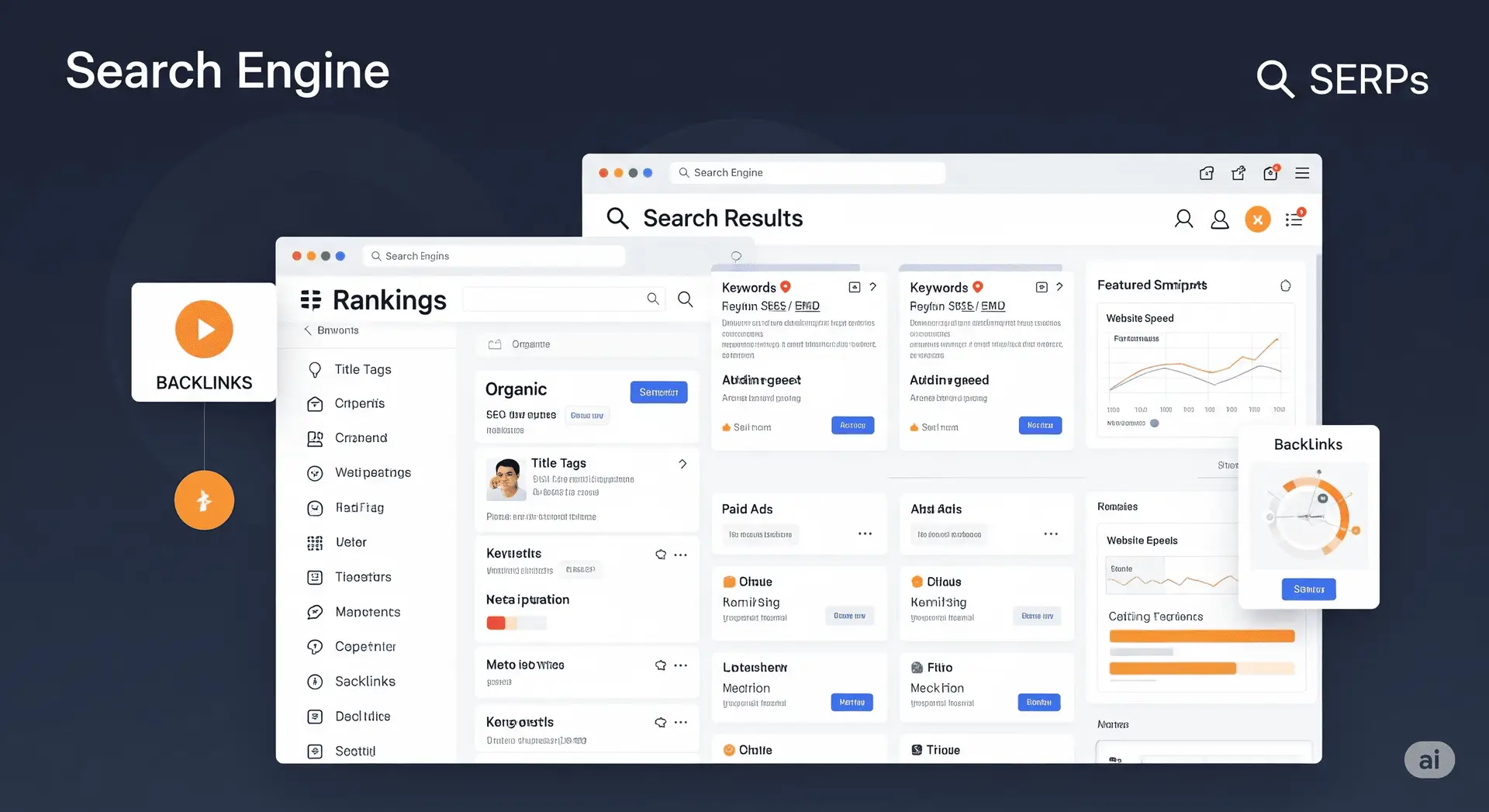
Google has officially introduced the Trends API (Alpha)—a major milestone that opens the door to programmatic access to one of the world’s most powerful datasets: search interest. For years, Google Trends has been a manual tool for marketers, researchers, and journalists. Now, with this API, Google is inviting developers and data teams to integrate fresh trend data directly into their systems.
Why This Matters
Search trends reflect what the world is curious about. Whether it’s an upcoming election, a viral health concern, or a shift in consumer behavior, Google Trends has become a go-to source for understanding public interest. Until now, accessing this data at scale meant scraping charts or using third-party workarounds. The Google Trends API changes that.

Key Features of the Google Trends API (Alpha)
1. Extended Historical Coverage
The API provides a rolling five-year window of search data, giving users access to trends that span long-term interest patterns. This is ideal for industries where search behavior changes slowly—like education, finance, or healthcare.
2. Flexible Time Granularity
Users can request data by day, week, month, or year, depending on the precision they need. Whether you’re tracking hourly news spikes or analyzing slow-burning topics over time, the API adjusts to your needs.
3. Regional Depth
The API allows for geographic filtering using ISO 3166-2 region codes, giving results by country or sub-region. This supports hyperlocal trend analysis for state-level election insights or region-specific product demand.
4. Consistent Data Scaling
Unlike some historical tools that alter data depending on the scope, the Trends API maintains consistent scaling across queries. This means you can reliably compare search interest over time or across regions.
Who Will Benefit
Researchers & Data Scientists
Academics and analysts now have direct access to a rich dataset that reflects public curiosity and concern. Whether studying misinformation trends or consumer response to climate events, the API is a goldmine.
Journalists & Newsrooms
Real-time story discovery becomes easier. Reporters can monitor which search terms are rising by the hour, enabling quick and relevant news coverage.
Digital Marketers & SEO Teams
Marketers can now plug trend data directly into dashboards to guide content strategy, seasonal campaigns, and even product planning—based on what users are actually searching for.
Getting Access: The Alpha Stage
Currently, the API is in alpha testing, meaning access is limited and Google is seeking feedback. Developers, researchers, and media organizations can apply for early access through the official announcement.
Because it’s early-stage, the alpha version may come with:
-
Rate limits
-
Incomplete documentation
-
Limited support
However, these constraints are expected to evolve as Google receives feedback and rolls out more stable versions.
Limitations to Know
While the API offers relative interest scores (0–100), it does not provide raw search volumes. This ensures privacy but means users must interpret data in relative terms rather than exact figures.
Also, bear in mind:
-
It’s not intended for ranking analysis.
-
It won’t replace Google Search Console data.
-
Some short-term data (under 48 hours) may be unavailable.
Final Thoughts: A Step Toward Open Data
The release of the Google Trends API is a powerful move toward data transparency and automation. It enables developers to build smarter tools, empowers journalists with up-to-the-minute public interest, and equips marketers with deeper behavioral insights.





